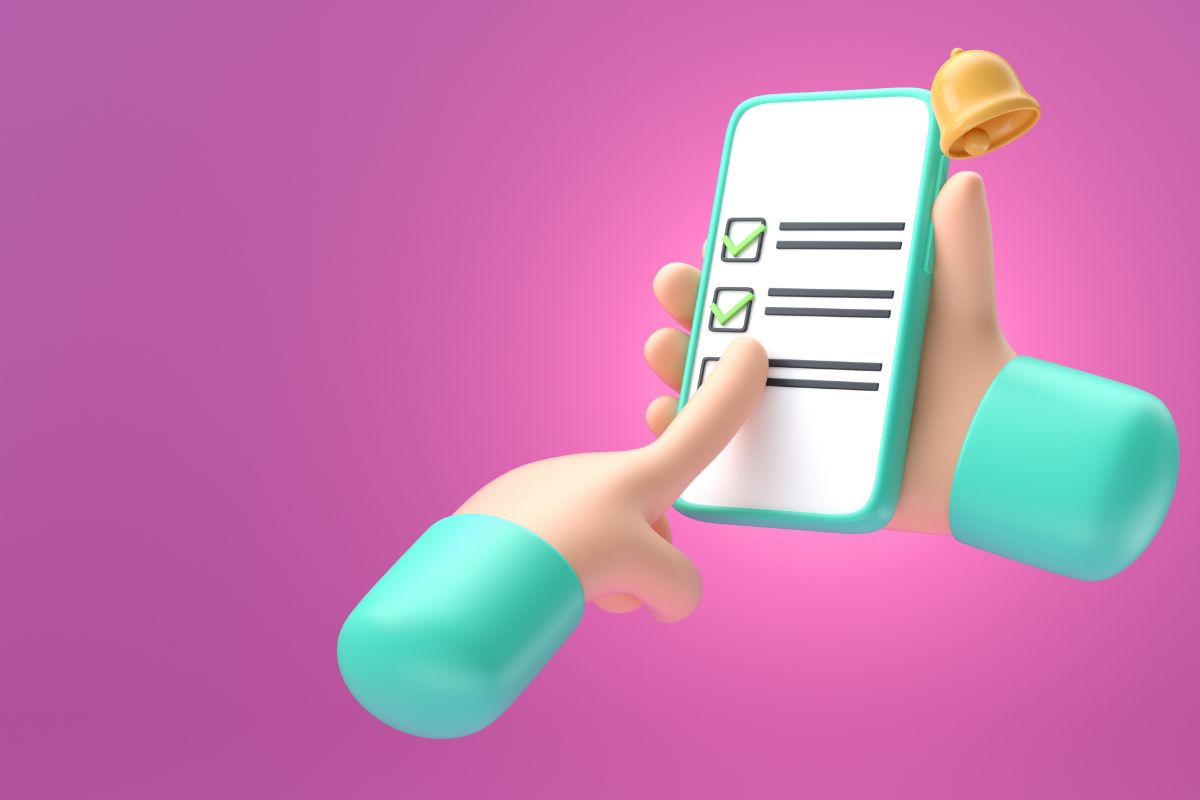Think of mobile app development and if you have already made up your mind on “Flutter”, you’ve won half of the battle! What could be the possible reason behind it? Just because everybody is using “Flutter”! Well, not! The stats don’t lie!
- More than 2 million developers already embraced Flutter for app development.
- Flutter has acquired 145k stars on GitHub.
- According to Stack Overflow Developers Survey, Flutter is amongst the top 10 and most powerful frameworks as compared to other languages.
Now you have understood the importance of “Flutter” in mobile app development! But if you are excited to dive into Flutter app development, this post will give you in-depth steps to help you build a robust and feature-rich app! Before that, let’s understand its meaning, benefits, and steps to build a solid Flutter app. Let’s dive in!
What is Flutter?
To put it simply, Flutter is a popular cross-platform mobile app development framework that enables developers to craft robust, feature-rich, functional, and scalable mobile apps across Android and iOS platforms. With its code-reusability feature, developers don’t need to run into writing different codes for different platforms which would ultimately help save you time and effort.
One of the major highlights of the Flutter app development is that it enables developers to craft user-friendly interfaces and include ready-made widgets and API integration which helps in the creation of stunning mobile applications effortlessly.
Did you know? In the middle of the previous year, i.e., 2023, more than 1 million apps on the Play Store were built with Flutter. Sounds surprising, doesn’t it? With so many features, it’s no secret why businesses are going crazy over Flutter mobile app development! Without further ado, let’s take a look at the steps to build a Flutter mobile app for your startup.
Steps to Build a Flutter Mobile App for Your Startup
Installation
When it comes to Flutter app development, you will first need to choose the best OS. Even if you have Linux (which is getting popular nowadays), Windows, macOS, or Chrome OS, you can go with any of these and get things started. Once you are done with it, you will need to configure your development environment and move ahead to install Flutter and let the “Installation” begin.
Note: If you’re using Flutter, you can easily get access to a multitude of plugins and support for different editors, which may comprise Emacs, IntelliJ IDEA, Android Studio, and more.
Install Needed Plugins
In the next step, when you’re already finished setting up the IDE, you will need to move ahead with the Plugin installation. To make it happen, all you have to do is simply Open your IDE then go to the settings and click on “Plugins”.
Then, go to the marketplace tab and then simply search for “Flutter”. You’re ready to click on the” Install” button to proceed with the installation process. During the entire process, if you might find the option to download “Dart”, ensure you install it “manually”.
Build Your Mobile App
Here comes the most exciting yet intriguing aspect! When it comes to Flutter app development, simply go to your IDE and then click on “Create a new Flutter Project”. Furthermore, don’t forget to choose the type of the app as “Application”. Once done, try to name your created project.
Then, you will also need to assign a “specific path or location” to the Flutter SDK. The most important aspect of the Flutter mobile app development process is that you will need to enter your domain name or package. After that, you will need to click on “Finish” and your project will be created.
Code Your Mobile Application
Once you are done building a project, you need to edit where the Dart code lives. Ensure you replace the contents of lib/main. Dart to code your app. For this, you will need to delete all the code and find a sample to begin the process. After doing so, ensure you run the app with the sample code using the right option that caters to your project needs.
Time to Add Functionality & Features
It’s time to add some amazing functionalities and features offered by Flutter. If you don’t have time to do so, simply hire the best Flutter app development company to help you out. Ensure you add unique aspects to your project which include:
- Design UI
- Incorporate strong security measures
- Robust database services for data management
- Creating RESTful APIs;
Final Thoughts
So, there you have it! That’s a complete wrap on Flutter app development for your startup! Flutter is an excellent choice for building apps, not just because it’s cost-effective, but also because it offers unique features that can help your app stand out.
One of the biggest advantages of Flutter is its ability to build cross-platform apps from a single codebase. This means you can create apps for both Android and iOS simultaneously, saving both time and resources. Flutter’s extensive library of pre-designed widgets ensures your app has a beautiful and consistent user interface across platforms.
















